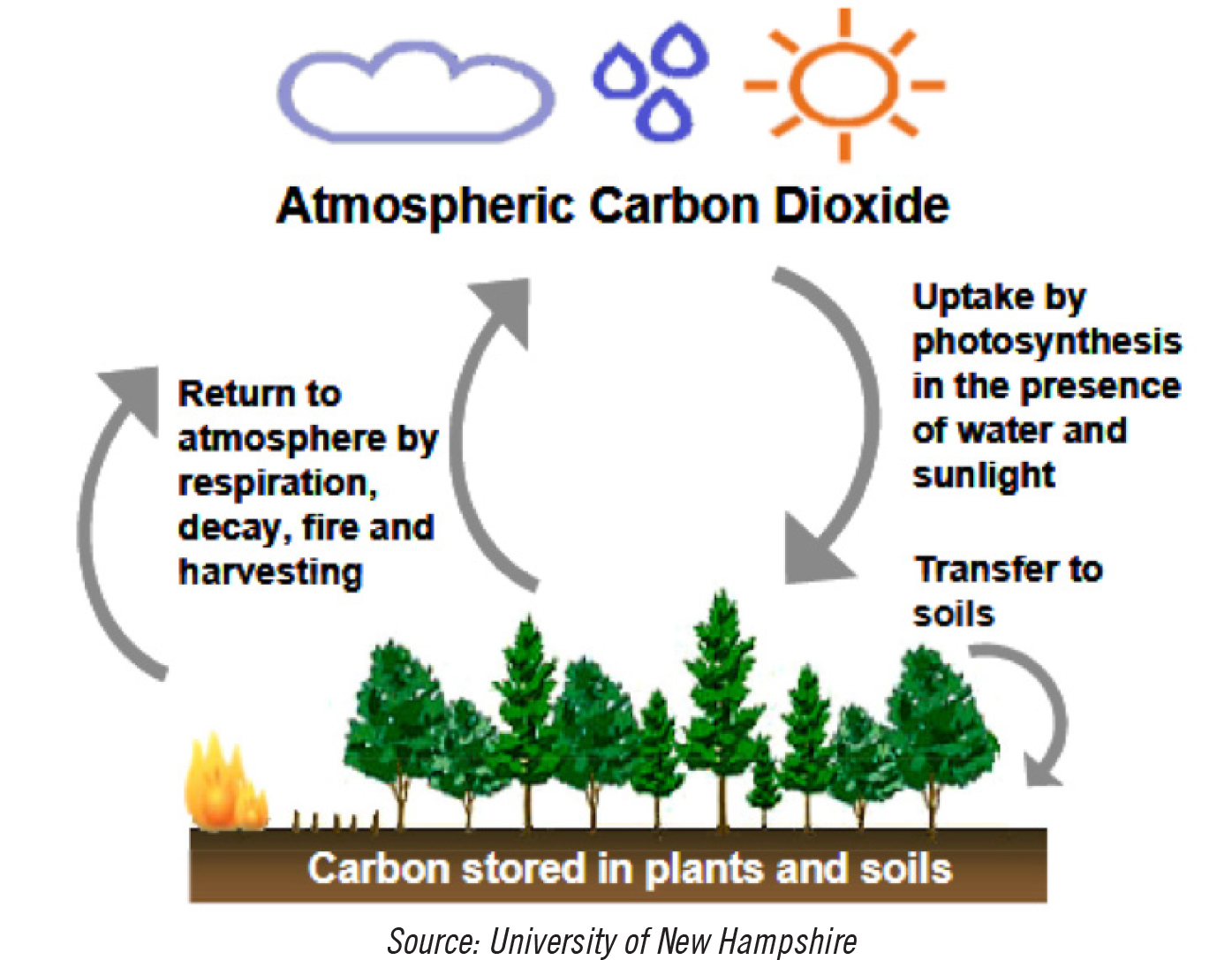One of the most politically charged topics of the day, climate change—also referred to as global warming—has become a great challenge for humankind the world over. Climate change refers to the prevailing theory that human activity is causing rapid warming in the earth’s climate, and these changes will lead (and are already leading) to great damage to natural ecosystems and human civilization. The primary driver of climate change is the release of greenhouse gases that warm the atmosphere—gases such carbon dioxide (CO2), methane, nitrous oxide, and others.
The reasons why climate change has become such a politically controversial topic are somewhat confusing. After all, in the scientific community, climate change is about as controversial as the earth being round and apple pie being American. In other words, scientists nearly unanimously agree that climate change exists, and human activity is to blame.
Human Activities that Contribute to Global Warming
These are the major ways that humans cause global warming:
1. Burning of fossil fuels – Most of our sources of energy that drive industry, infrastructure and communications come from burning fuels such as oil (gasoline and diesel), coal, and methane (natural gas). All of these fuels have one thing in common: they contain carbon. Why are they called fossil fuels? Keep reading to find out.
2. Agriculture – Billions of cattle, sheep, pigs, and other livestock spend their days digesting food. Unfortunately, farting, belching and pooping are natural parts of digestion. These processes release a lot of methane, a potent greenhouse gas, into the atmosphere. Methane also is a natural byproduct of rice farming—think of how much
rice is farmed in the world that is available as a cheap staple food on all continents! That’s roughly 700 million tons of rice every year globally! Also, widespread use of nitrogen-based fertilizer in industrial farming emits nitrous oxide, another powerful greenhouse gas.
3. Deforestation – When humans cut down millions of acres of forests to make room for farming and development, we remove vital carbon “sinks.” These forests suck in carbon dioxide from the air through photosynthesis. Losing the forests means more carbon dioxide lingers in the atmosphere, adding to the unnatural warming effect.
Natural Climate Cycles
“Climate skeptics,” or those who don’t believe in the science behind climate change, point to the fact that natural cycles in earth’s climate have caused great variation in temperature over the past many millions of years. These skeptics are correct: there are several different natural cycles driving climate variation. In fact, about every 100,000 years, the earth cycles in and out of periods of great cooling (ice ages) and warming (interglacial). Milutin Milankovic, an early 20th-century Serbian scientist, theorized that the great climate oscillations over the past several million years can be attributed to measurable changes in the shape of earth’s orbit (eccentricity), the degree of earth’s tilt (axial tilt), and precession, or the wobble of earth’s orbit as it spins (think of a spinning top, and how it starts to wobble as it slows down).
Since Milankovic’s discoveries, climate scientists have corroborated and continued to build on his research. In fact, there are many different climate cycles, ranging from just a few years to several hundred thousand years.
So couldn’t recent climate warming be attributed to these natural cycles? Of course, scientists have considered this question many times over. But the fact is, the rapidity of the warming over the past 120-plus years, coinciding with the rapid release of CO2 into the atmosphere, points to humans as the primary driver. In fact, the last time the atmosphere saw levels of CO2 comparable to today, according to one study, was 15 million years ago! The earth has seen periods where it has been much warmer than it is today, but modern humans have not experienced it, and it has
generally taken much, much longer for the natural cycles to occur.
Without human activity, noticeable changes in temperature would normally happen over the course of several hundred to tens of thousands of years. Yet, according to estimates from the Intergovernmental Panel on Climate Change (IPCC), current and growing rates of CO2 emission will cause between a 1.1 to 6.4 degree Celsius (2.0 to 11.5 degree Fahrenheit) change in average global temperatures in the next 80 years.
The Science Part 1: Greenhouse Gases
Greenhouse gases are mostly trace gases (gases that exist in very low concentration) in the atmosphere that trap light from the sun, causing the air to stay warm even if the sun is not shining. When the sun shines on the earth, much of the light energy is reflected by clouds and other gas molecules in the atmosphere. Some of the light makes it to the surface. However, much of the sunlight hits molecules in the atmosphere that transform the light from the sun into heat energy, radiating the heat to surrounding matter. This results in the air holding onto the heat even after the sun sets.
Carbon dioxide is our friend!
Without the vital greenhouse effect, we would all burn up during the day and then freeze at night. Carbon dioxide in the atmosphere is the reason why we have a temperate climate. However, the more greenhouse gases exist in the atmosphere, the more heat will be trapped.
The Science Part 2: The Carbon Cycle
The biosphere is the collective elements that make up and enable life–from the smallest bacteria to the largest rainforests. Oxygen, hydrogen, nitrogen, and carbon are all major components of the biosphere, as they cycle between the atmosphere, the oceans, the soil, and living organisms. Millions of tons of carbon cycle through the biosphere every year. Carbon dioxide in the atmosphere and the oceans is absorbed by plants through photosynthesis, and then consumed by animals and other organisms. Through respiration (also known as breathing), plants and animals release carbon back into the atmosphere.
A hundred million years ago, the earth’s climate was drastically different from today. Massive rainforests covered much of the earth, and giant dinosaurs–some weighing upwards of 65 tons–roamed the earth, swam the oceans and soared through the air. The land and seas were saturated with carbon-rich organisms.
So what happened to all that carbon? Over the subsequent millions of years, all of that plant and animal tissue became fossilized and buried deep underground. The fossilized carbon takes a number of different forms, such as oil and coal. During the late 1700s and early 1800s, people began to discover the incredible energy potential of these fossil fuels, and ever since then, fuels such as coal and oil have been used to drive industry, power homes and vehicles, and generate electricity for communications.
Want to know more? This article will be continued in future issues of Rip magazine.

Our Work
We welcome new content from all aspiring writers, producers, photographers and all creatives who want to share their voices with our audience.






